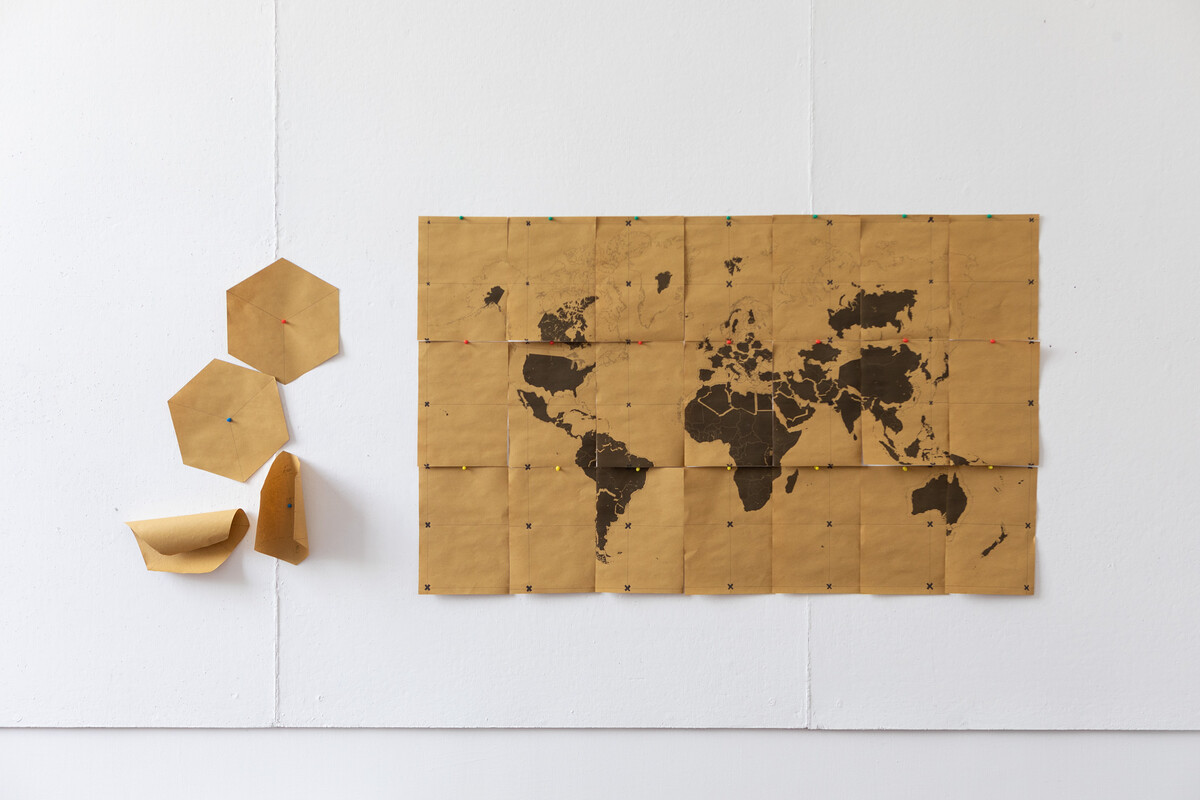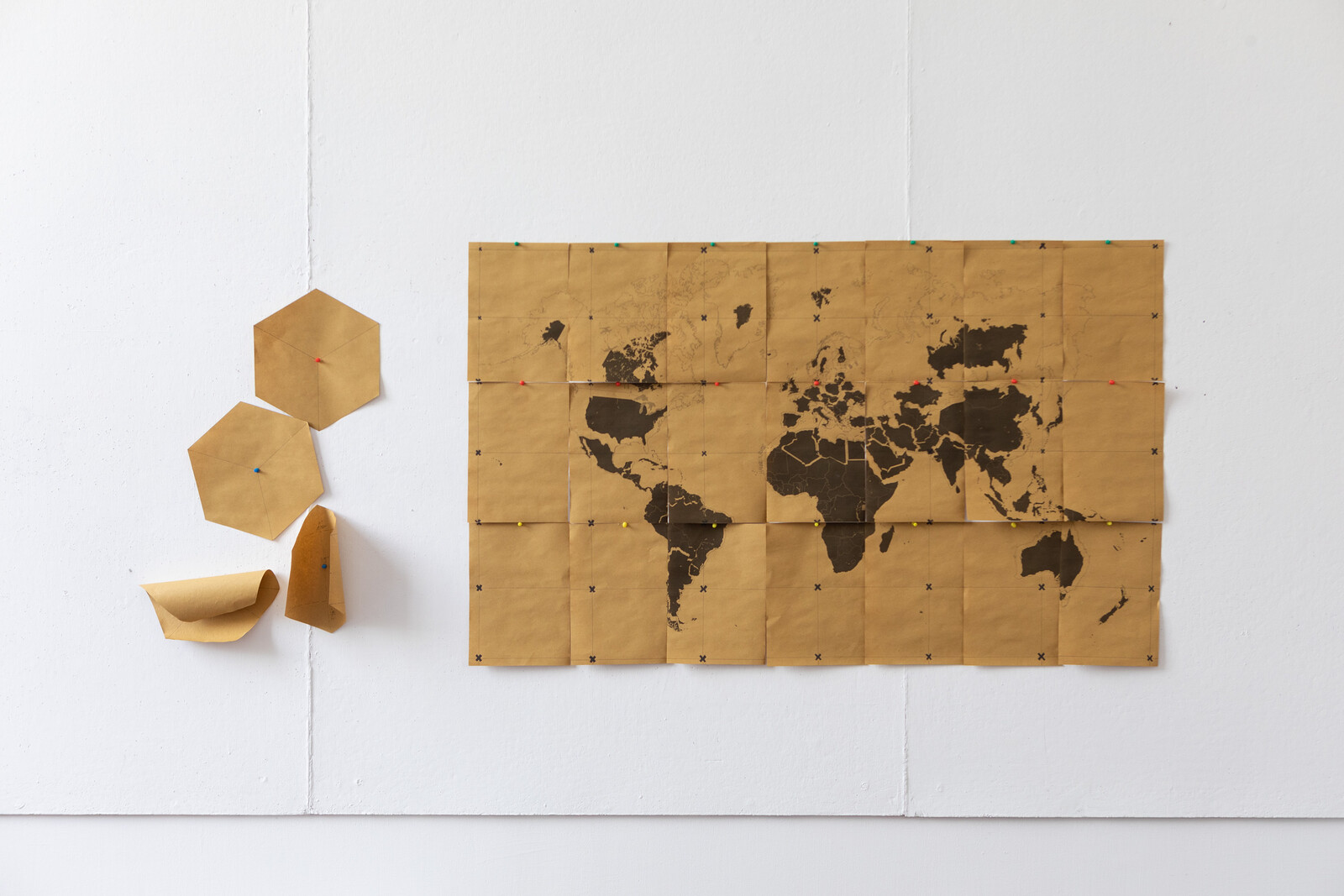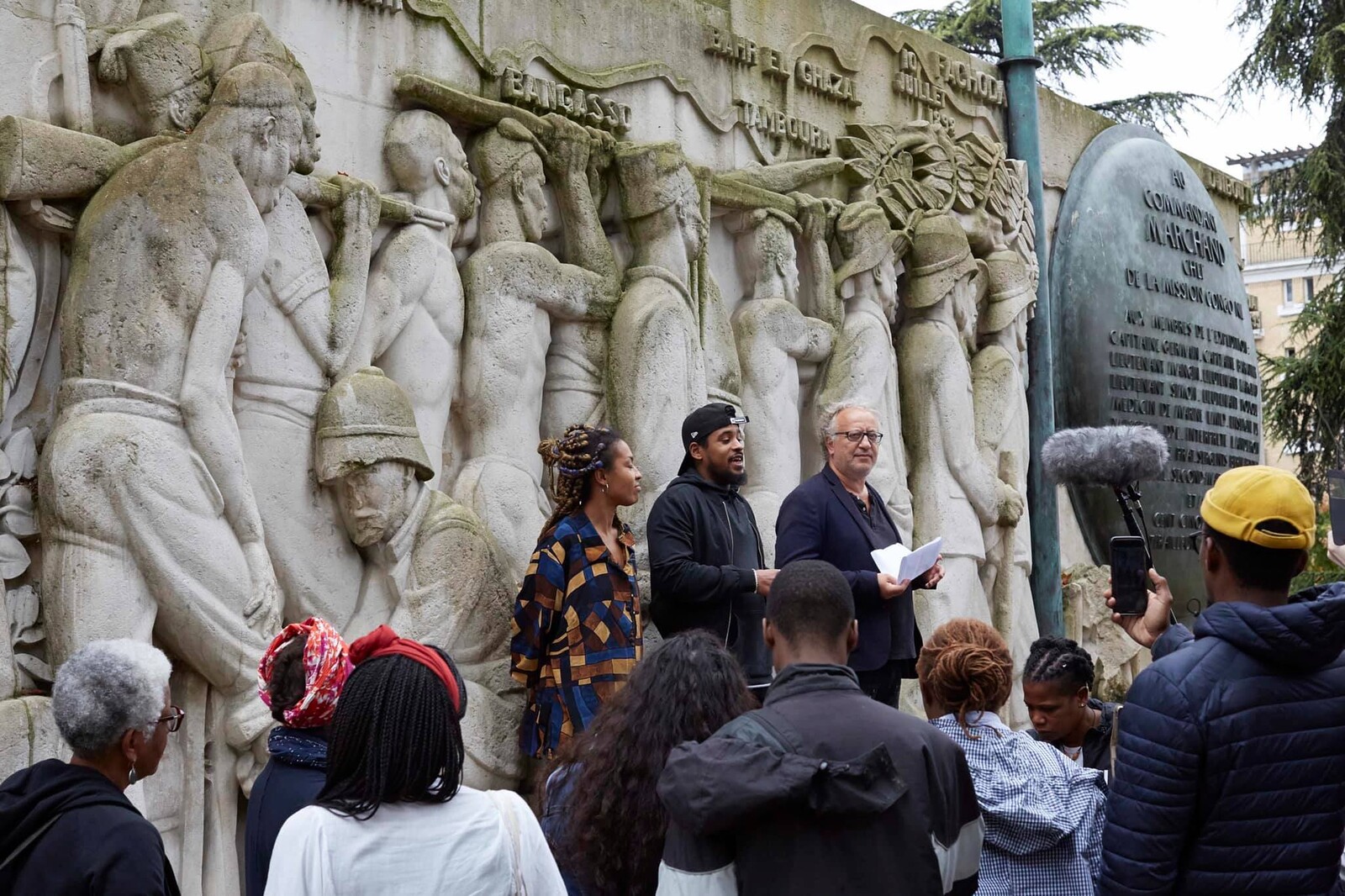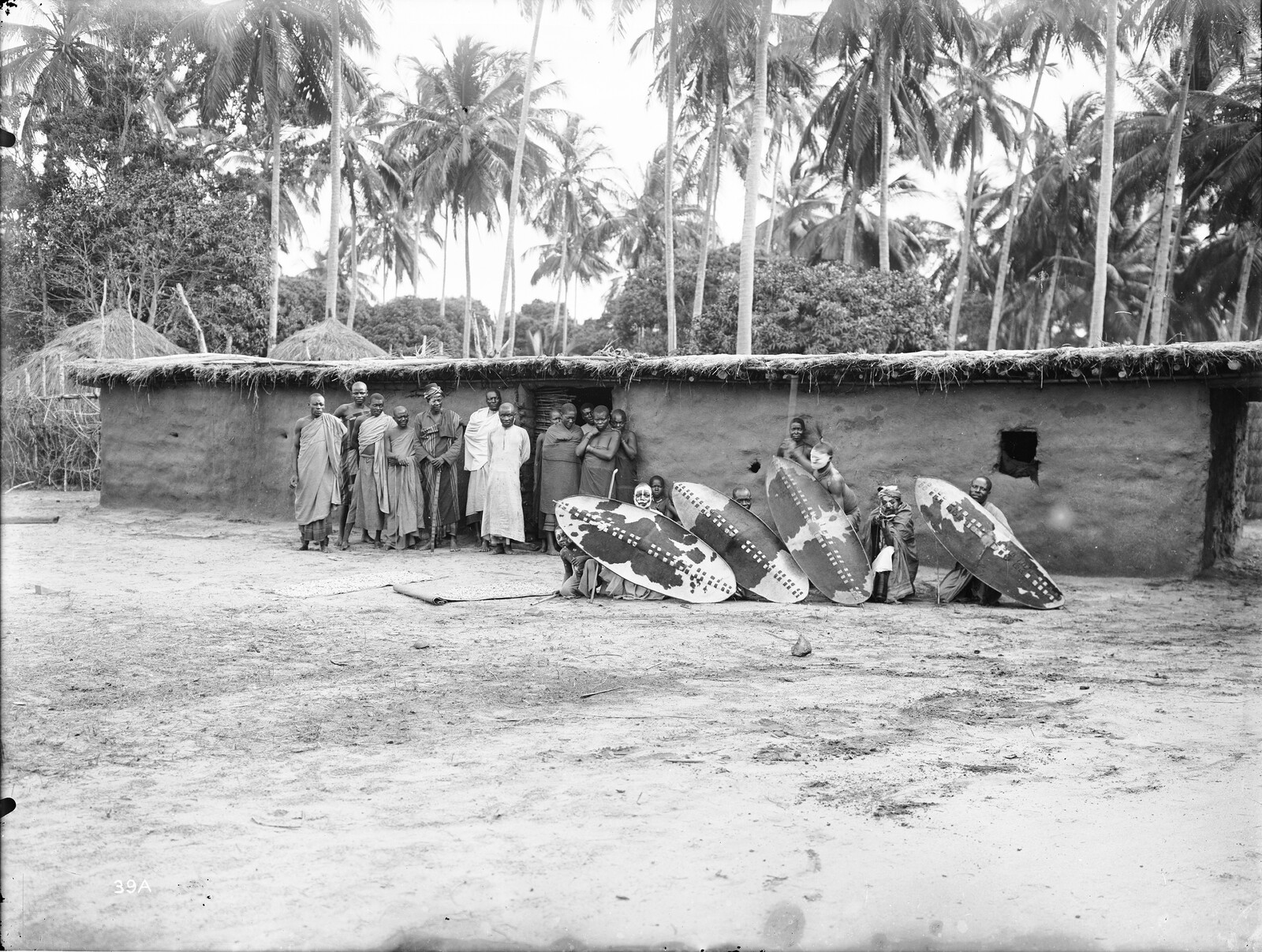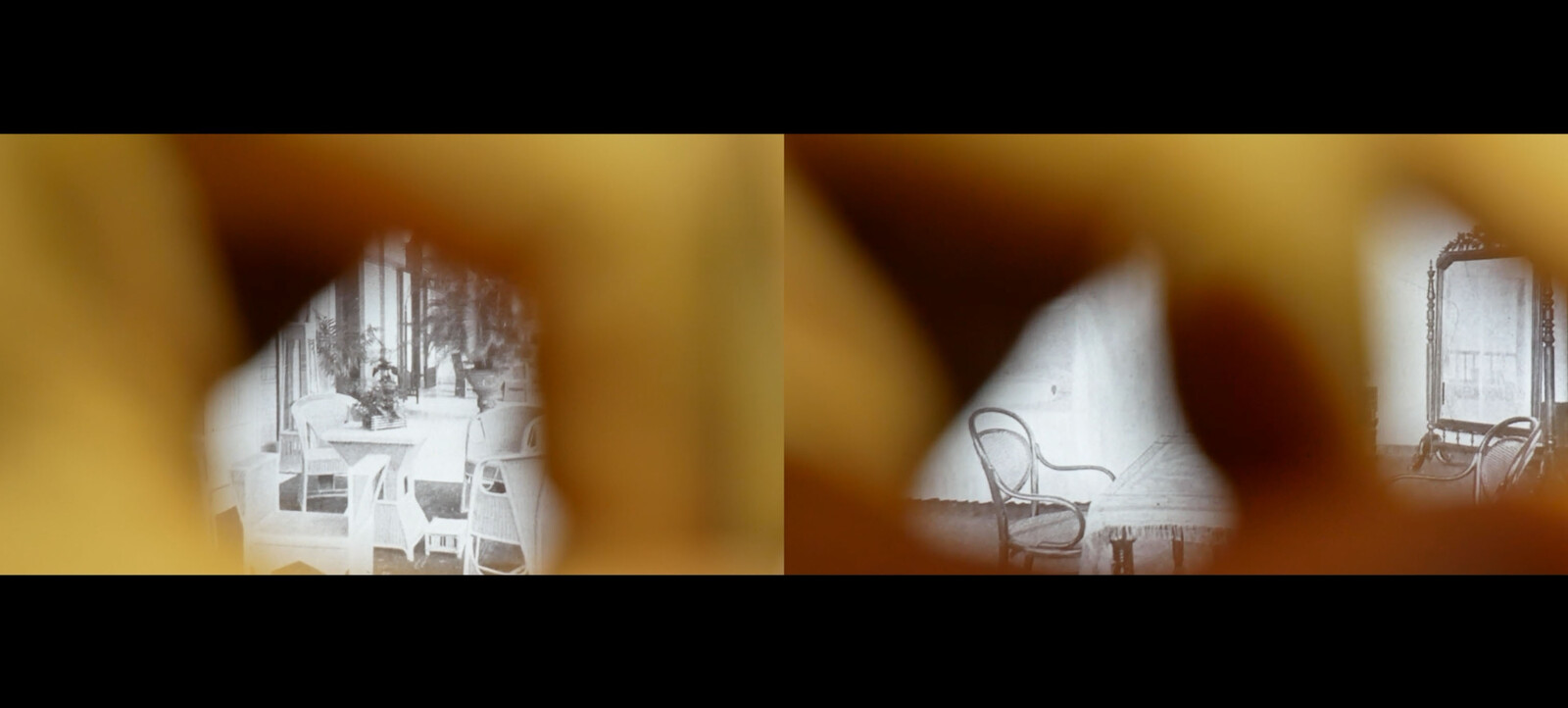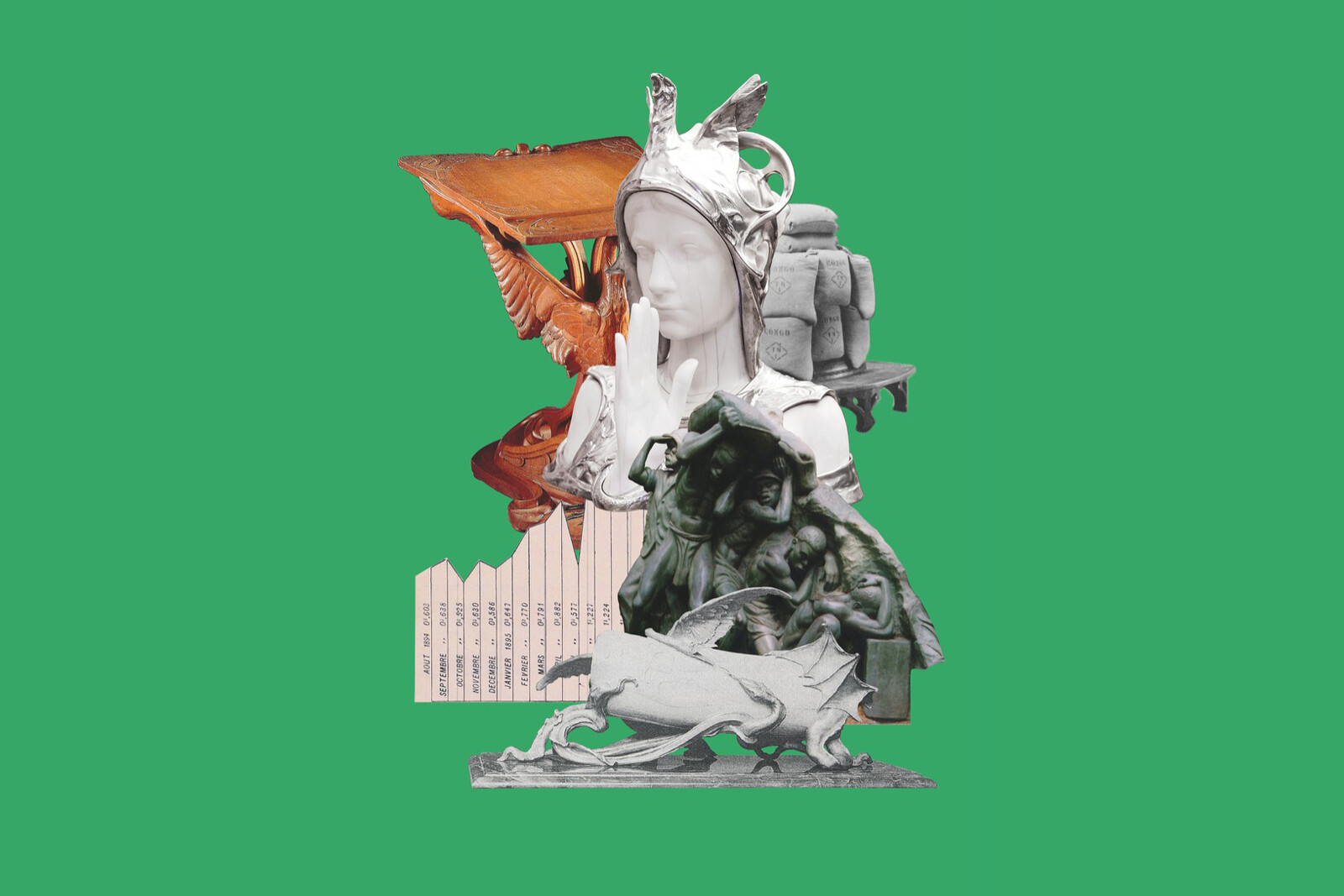What does it mean when the second largest continent in the world is reduced to an afterthought? How does one accept an erased legacy when much of the built environment was developed and built by descendants of that continent? Anti-colonial discourse has presented an opportunity to better understand the legacy of Africa as it pertains to the architected environment. One such area is that of classical architecture and the legacies of North Africa.

An example of Opus Sectile found in the Roman suburb, Ostia Antica, the original port city of Rome.

An example of Opus Sectile along the wall, a different articulation than the ground plane, found in Ostia Antica.

After studying and researching African contributions to Classical Architecture this is my attempt at understanding the analog processes from the past.
An example of Opus Sectile found in the Roman suburb, Ostia Antica, the original port city of Rome.
While columns are an obvious point of departure, given Egypt’s role influencing Greece and thereby Western ideologies, there are two other Roman processes rooted in Africa. The first is Opus Sectile, an African mosaic technique that differs from traditional mosaics by combining stones of varying sizes into a larger image or pattern. The African influence of this technique has often been erased, such as in the following definition, attributed to Encyclopedia Brittanica:
opus sectile, type of mosaic work in which figural patterns are composed of pieces of stone or, sometimes, shell or mother-of-pearl cut in shapes to fit the component parts of the design, thereby differing in approach from the more common type of mosaic in which each shape in the design is composed of many small cubes (tesserae) of stone or glass. Although portable stone mosaic works of similar technique were produced in the Near East as early as about 3000 BC, the term opus sectile properly refers to an art that began in the Hellenistic world, perhaps first in Italy, and continued as a European decorative tradition. Opus sectile first appeared in Rome in Republican times (before the 2nd century BC) as pavement in simple geometrical and floral designs. From the 1st century AD there was also a regular production of small pictures of the opus sectile type.1
A reference to archeological texts, however, would have provided clear information about the earliest found examples of Opus Sectile in Egypt, such as Excavation at Germa, the Capital of the Garamants by M. S. Ayoub (1962), Promenades Archeologiques, Rome et Pompei by Marie-Louis-Antoine-Gaston Boissier (1880), or The North African Stones Speak by Paul Lachlan Mackendrick (1980).2
The second unique feat of architecture and engineering present in ancient Roman architecture that comes from Northern Africa is Opus Africanum. Loosely translating to “made in the African style,” it was imported from Carthage during Numidian times (202–40 BC). As a form of masonry construction, it is a building technique that uses vertical stone pillars topped with horizontal stone pillars, with the pattern continuing to the full height of the wall, with stone fillings placed between the horizontal elements: the smaller the stones, the more ornamental. As such, the number of stones often were a signifier of one’s wealth: the more stones along the wall, the more labor the erecting owner could afford.


An example of Opus African found within a wall of Pompeii, an ancient Roman city that was destroyed by volcano.
Locating this information is unfortunately difficult within the field of architecture. Their narratives were suppressed through conquering and historic liberties. The texts used to discover these two ways of designing and building were not found within a library of architecture books, but in the field of archeology. Blatant disregard for alternative trajectories is quite common within the discipline, but one can hope that a continued expansion of canonical history will reveal even more accomplishments.
Britannica, T. Editors of Encyclopaedia, “opus sectile,” Encyclopedia Britannica, February 5, 2008, ➝.
During my time at the American Academy in Rome, my search for entanglements between North African and Roman architecture were often empty. It was not until I switched departmental archives and began browsing the archeology section that I find the necessary information. These books are critical to understanding the built environment and how it was formed.
Appropriations is a collaboration between e-flux Architecture and CIVA Brussels within the context of its exhibition “Style Congo: Heritage & Heresy.”
Category
Subject
All images courtesy of author.
